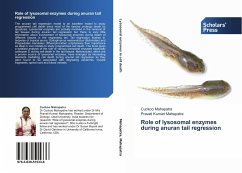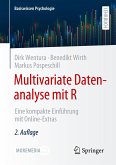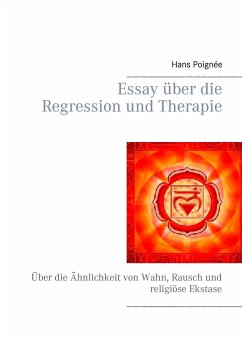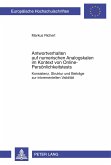The anuran tail regression model is an excellent model to study programmed cell death since most of the tissues undergo death by apoptosis. Lysosomal enzymes are actively involved in the removal of tail tissues during anuran tail regression but there is very little information about involvement of lysosomal enzymes during death of different tissues in the regressing tail. Tail regression studies in tadpoles of tropical anura, Duttaphrynus melanostictus (Bufonidae) and Polypedates maculatus (Rhacophoridae) emphasises their importance as ideal in vivo models to study programmed cell death. The book gives a detailed analysis of the role of various lysosomal enzymes especially cathepsin D during cell death in the tail tissues. Melanocytes, which are a proven source of lysosomal enzymes, have emerged as interesting elements mediating cell death during anuran tail regression as they were found to be associated with degrading epidermis, muscle fragments, spinal cord and blood vessels.
Bitte wählen Sie Ihr Anliegen aus.
Rechnungen
Retourenschein anfordern
Bestellstatus
Storno








